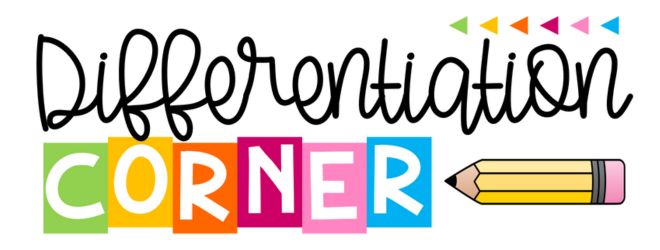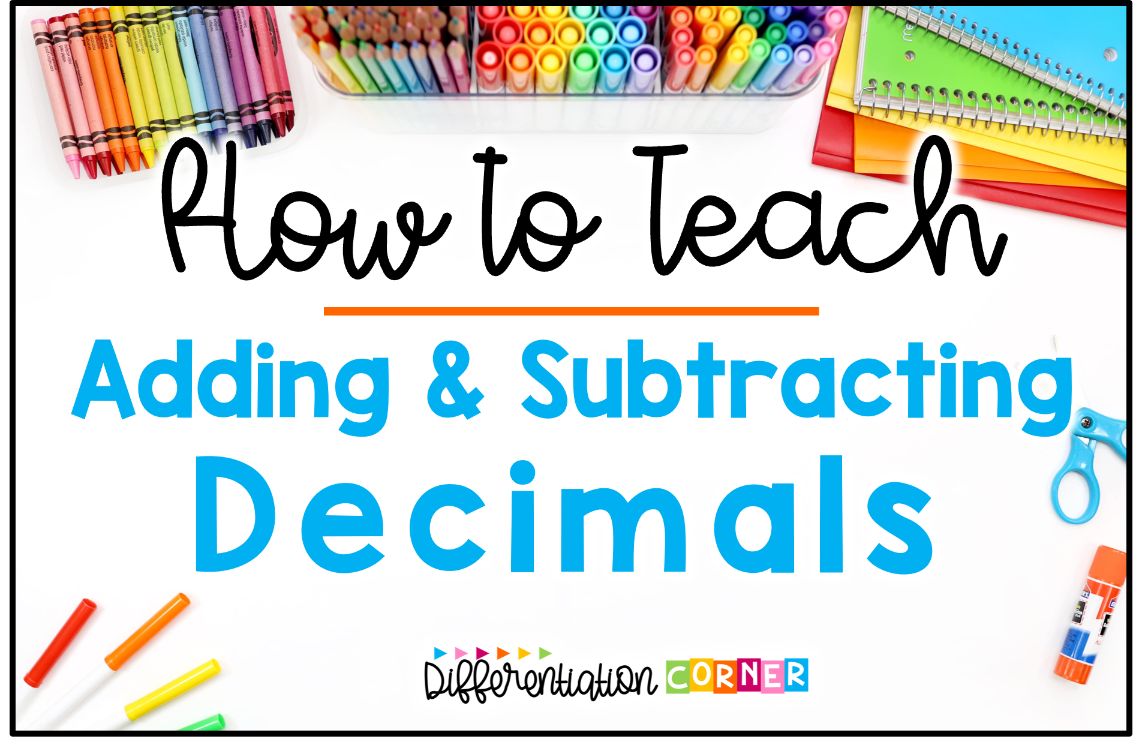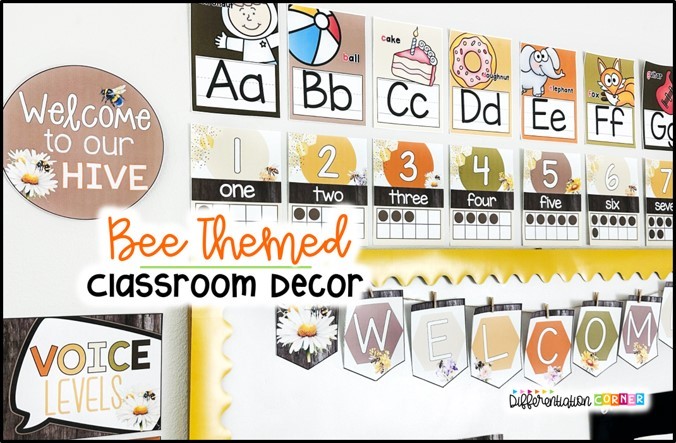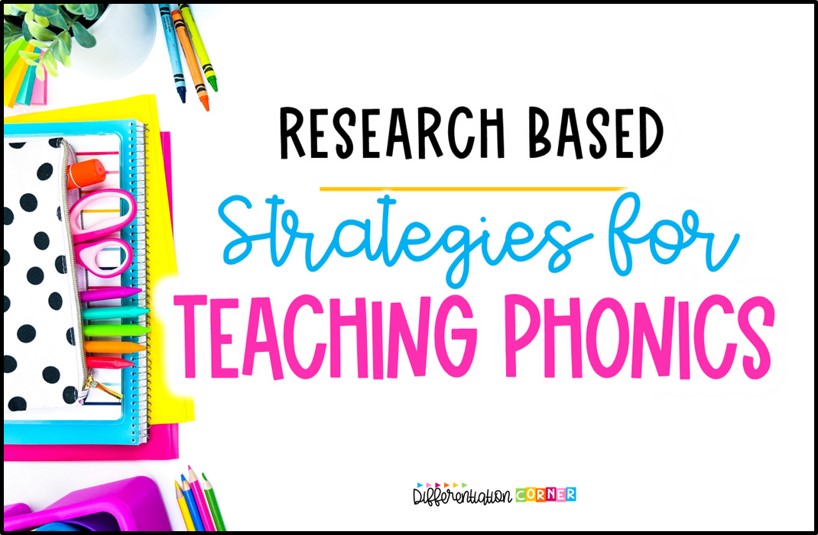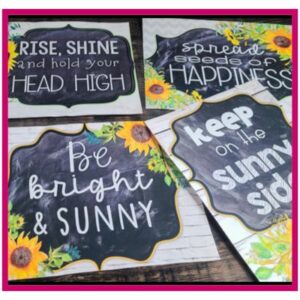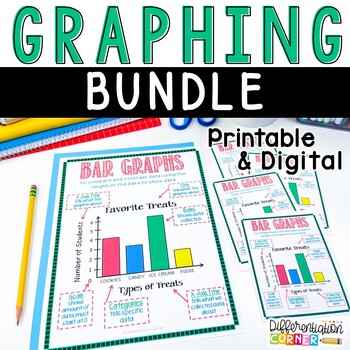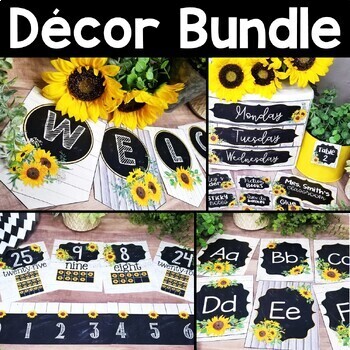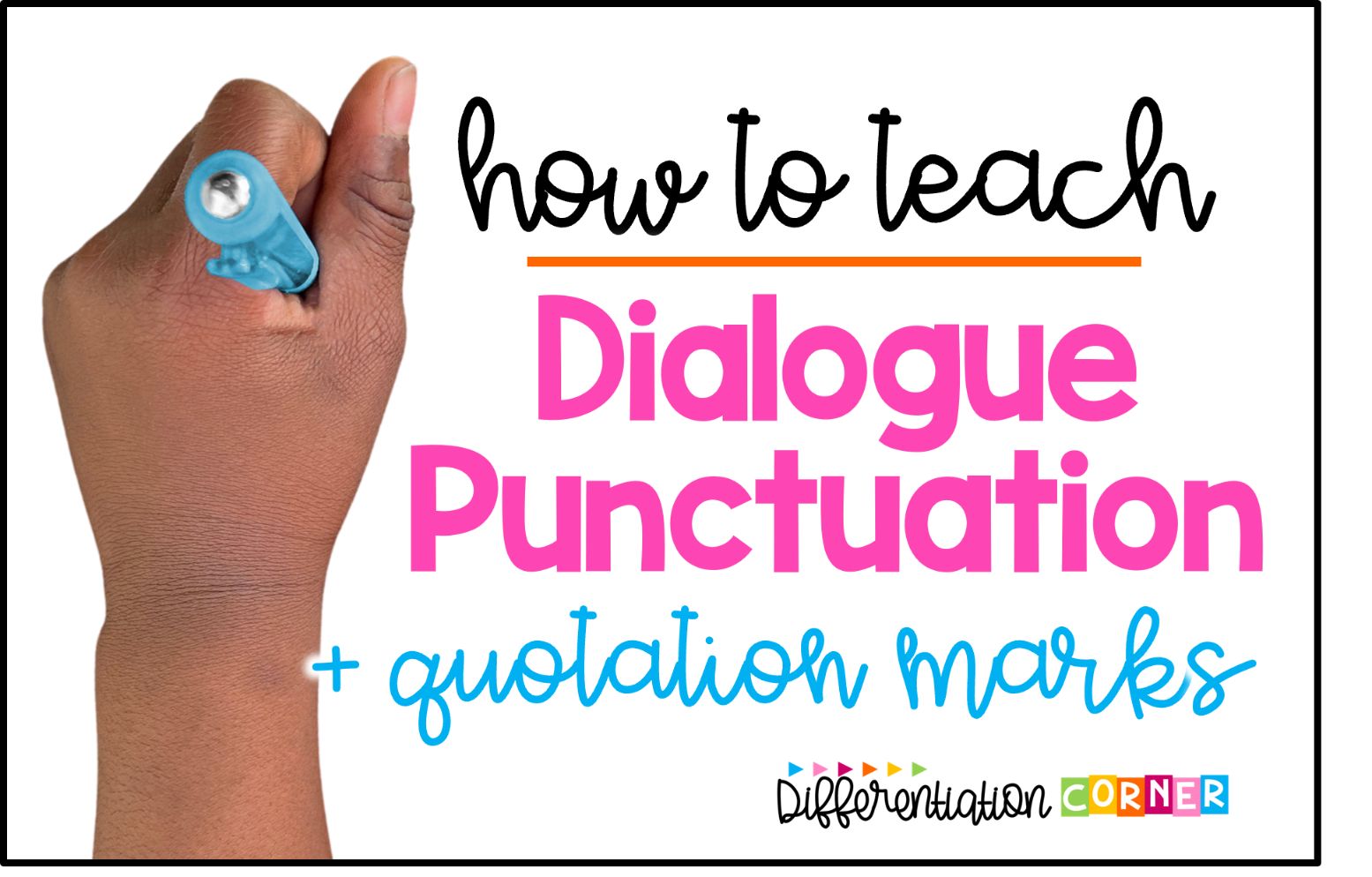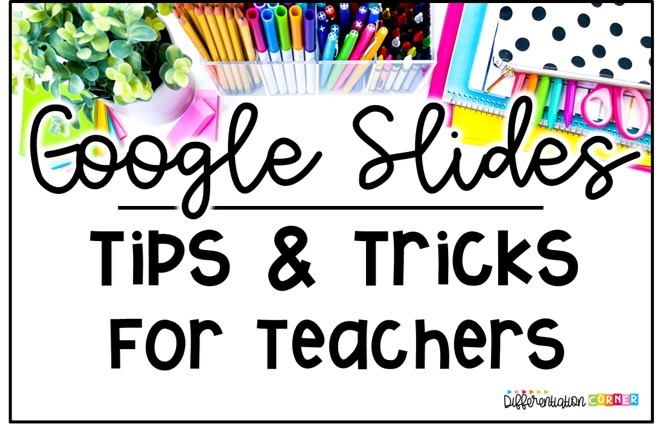This week I am introducing how to subtract and add decimals! We’ve spent quite a bit of time on decimal place value. Teaching elementary students to add and subtract decimals can be a challenge, but it’s an important skill for them to learn. In this blog post, I am sharing a few tips that might help make the process of teaching how to subtract and add decimals a little easier for you and your students!
Quick Review of Decimal Place Value
Review the value of decimal places with your students. Just like in every lesson, its important to activate that prior knowledge! I think of it as waking the part of their brain up that needs to process and store this information. Make sure they understand the value of each digit in a decimal number, and how it relates to the place it’s in. This is a great time to bring out any anchor charts or visuals you used during your decimal place value lessons.
Adding and Subtracting Decimals with Base Ten Blocks
Base 10 blocks can help students get a better visual understanding of what’s happening when they add or subtract decimals. Its low prep for teachers and its hands on for students! Here’s how it might work:
First, remind students that base 10 blocks are math tools and not toys. Go over any rules and procedures you might have in your room about using math tools. Then make sure your students are familiar with base ten blocks and how they represent different place values of decimals. For this activity, we only go to hundredths, so we use flats as whole numbers, rods as tenths and cubes as hundredths.
Consider if your students need the concrete movement of actual base 10 blocks or if they’re ready for visual representations of them or drawing pictures. When you’re first introducing decimals, I recommend using the real thing and then moving into drawing pictures that represent each block. For reteaching or remedial lessons, bring out the base 10 blocks again.
To add decimals using base ten blocks, have your students build the numbers they want to add using the blocks. They should line up the blocks by place value, just like they would when adding or subtracting on paper.
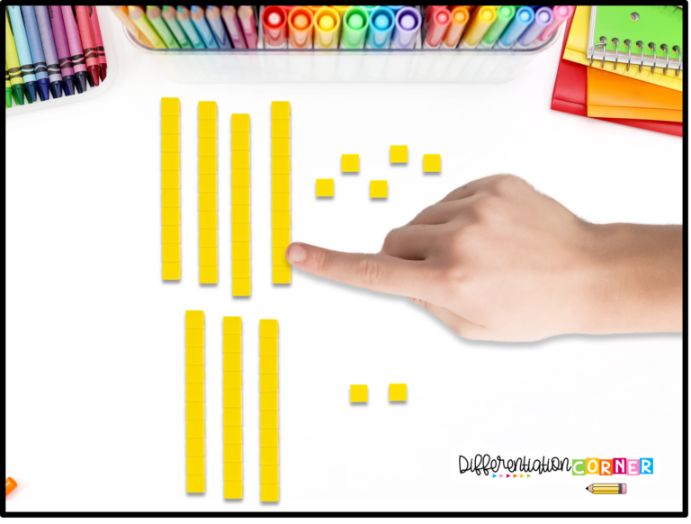
Then, they can perform the addition or subtraction just like they would with whole numbers and do any regrouping if necessary.
Using manipulatives like base ten blocks can be a really helpful way for students to get a better visual understanding of what’s happening when they add or subtract decimals. I have also found its really helpful for my students that generally struggle in math to have this hands on way to manipulate decimal numbers for concrete understanding. It can also be a lot of fun!
How To Add and Subtract with Decimals with the Standard Algorithm
Now that students are familiar with representing adding and subtracting decimals we can use the standard algorithm.
Here are the steps of adding and subtracting decimals:
- Line up the numbers by their place value: It’s important to make sure the numbers are lined up correctly. This means aligning the numbers by their place value, so that the ones digits are directly under each other, the tenths digits are directly under each other, and so on.
- Drop the decimal point down: mark the decimal point down in your answer. I have found this helps students double check that the numbers are lined up correctly.
- Add a placeholder zero if necessary: If one of the numbers doesn’t have a digit in a certain place value, you’ll need to add a placeholder zero.
- Perform the operation: Once the numbers are lined up correctly, you can perform the operation just like you would with whole numbers. Make sure to carry or borrow as needed.
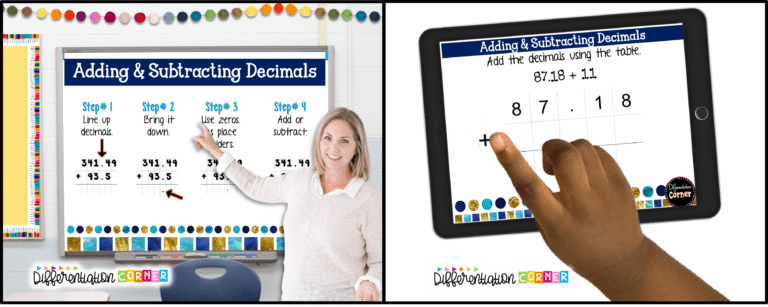
Students keep a small version of the anchor chart pictured below in their math notebooks to help them remember the steps for adding and subtracting decimals. I have a large one posted in my math center area when we’re working on decimals.
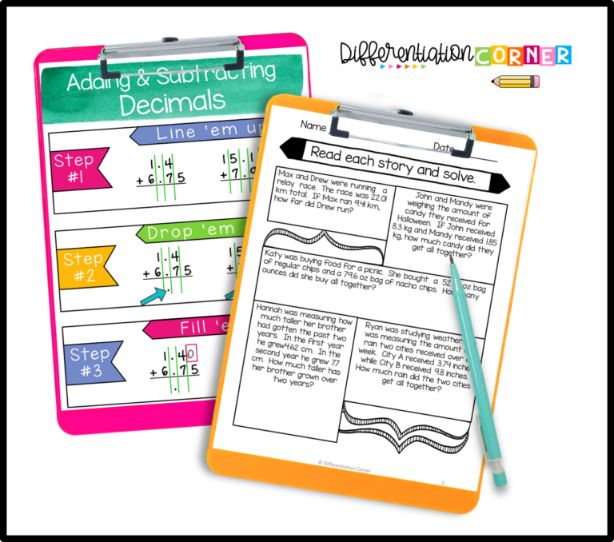
Using graphing paper can really help your students line up the digits correctly and place the decimal in the right spot! With a little practice, your students will get the hang of it in no time!
Real World Examples Make Your Decimals Lessons Meaningful
Use real-life examples to help students understand when they might use decimals in the real world. Its a great way to make the concept more meaningful and relevant to them.
Here are a few examples you could use:
- Prices at the store: We have to add and subtract decimals all the time when we’re shopping! A bag of chips might cost $1.49, and a box of cereal might cost $3.99. Knowing how to add and subtract decimals can make it easier for them to budget their allowance or save up for something they want to buy.
- Measurements in carpentry: Want to build something fun? You’ll probably have to work with measurements that include decimals. A piece of wood might need to be cut to a length of 4.75 inches. Learning how to add and subtract decimals can make it easier for them to read and follow these types of instructions.
- Sports statistics: Do you have sports fans in your class? Many sports statistics are reported as decimals. The average distance of a field goal in football might be 38.5, or a baseball player’s batting average might be 0.255. Helping students understand how to add and subtract decimals can make it easier for them to understand and compare these types of statistics.
Using real-life examples like these can help students see the value in learning to add and subtract decimals. It can also make the concept more interesting and engaging for them when they know why they need to learn about decimals.
Adding and Subtracting with Decimals Activities for Practice
Now that your students can add and subtract decimal numbers with base 10 blocks and with the traditional algorithm, its time for them to practice and apply their new math skills with these fun activities! I like to keep a decimal math rotation all year to keep students skills sharp for end of year testing.
Worksheets Pack– This adding and subtracting with decimals worksheets pack has lots of no prep practice AND printable anchor charts for math centers and interactive math notebooks!
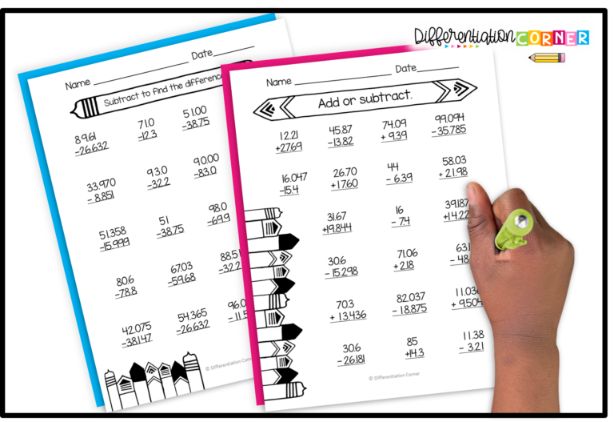
Adding and Subtracting Decimals Game on Google Slides & PowerPoint– great for small groups, and whole class math games! Your kids will love to practice decimals with this engaging math game!
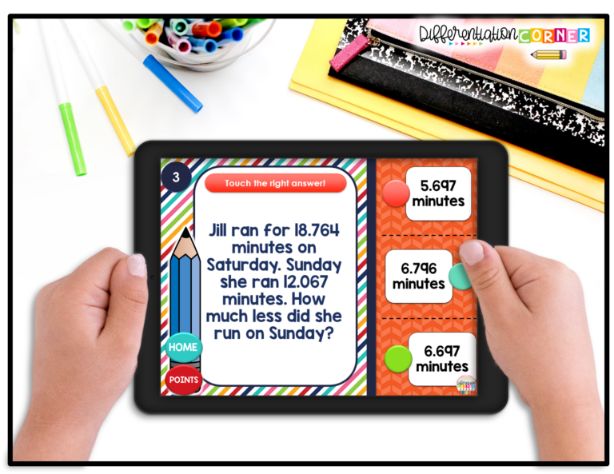
Shopping Practice– Grab a grocery store ad from a newspaper and have students create a shopping list with prices. Then they can add the prices all together. For big grocery lists, I allow my students to use a calculator.
Decimal Task Cards– These task cards are perfect for your decimals unit! Check this post out to get the most out of your math task cards.
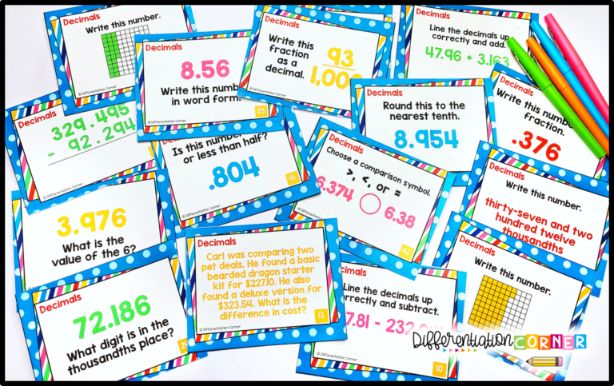
I hope these tips for teaching your students how to add and subtract with decimals are helpful! Teaching decimals can be a bit of a challenge, but with a little patience and practice, your students will be adding and subtracting like pros in no time.
